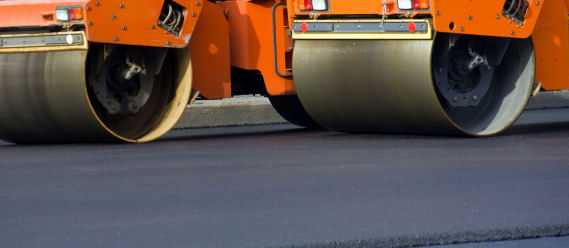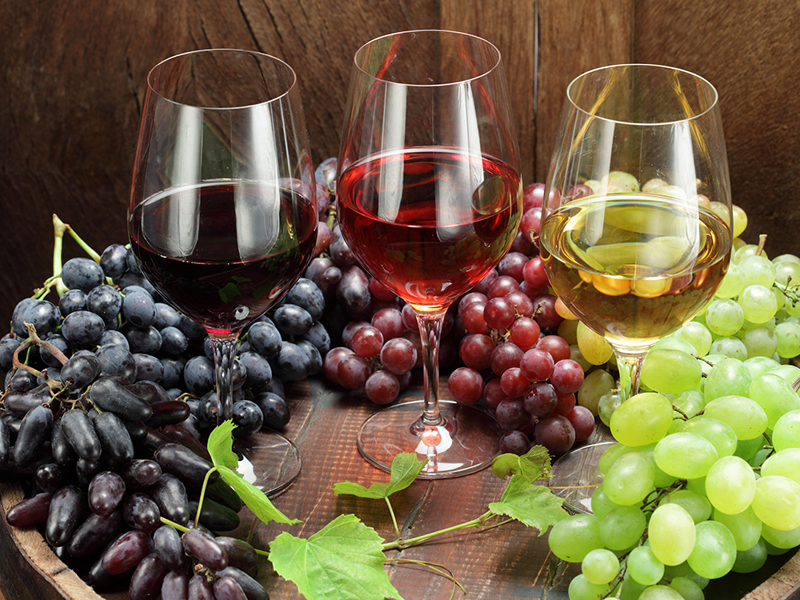Fixing the parking lot of dirt and debris and dirt utilizing power blowers. This component of this sealcoating procedure is vitally important and have to be achieved towards the highest of standards. Sealcoating Won't adhere to grime or debris left to the parking lot.
Crackfilling: Throughout the cleanup procedure, we also wash the cracks out of almost any dirt or marijuana from prep to your crackfiller. We'll subsequently fill out the cracks with a rubberized crackfiller.

Sealcoating Cutin: This will be the procedure where people do use brushes to 'cutin' the dyes round concrete curbs, sidewalks, and buildings, landscaping, and etc as to deliver a tidy, tidy job. Some businesses will fail to accomplish so professionally, leaving dyes in your own concrete curbs or sidewalks. This really is a essential portion of the sealing process and also is going to have an impact on the total expression of the project.
First Coat of all Sealcoating: Employing mechanical sprayers, we'll cover the whole parking lot using a coating of black, black asphalt mop. We usually do not cut corners, plus we also supply you with the depth which the sealcoating should be when done. We'll coat the whole parking lot, which makes the time to allow the mop to dry and start to fix correctly before adding the next coating.
This procedure is just like the first coating of sealcoating. It's likewise equally employed, also will offer the last look of this face area.
Linepainting: Subsequent to the 2nd coating is permitted to dry, we'll re paint each one of the lines, disability stalls, hash marks, arrows, and fire heaters, and so forth into the current design. Changes might be created prior to the linepainting is done should you prefer to incorporate or update the traces.
Cleaning sealers onto asphalt is so cluttered. The policy is irregular, and it contributes to brush marks throughout the black top, just like the traces that you see on your yard once the bud is trimmed in reverse directions.
Hand cleaning sealers on the asphalt additionally automatically contributes to thicker sealcoating, and it isn't quite as beneficial as you could have a tendency to trust. Thicker sealcoats simply take a lot more time to cure and frequently cure unevenly. Sealer that's too thick will probably shrink, and also crack.
A Contractor can hand sweep sealant on bigger lots usually since they might well not need the spray equipment to spray it onto. The spray equipment is costly, and takes a great deal of up keep and maintenance to execute correctly.
For more sealcoating tips visit https://www.heibergerpaving.com/
For more sealcoating tips visit https://www.heibergerpaving.com/





